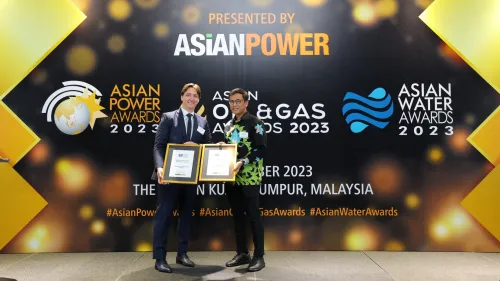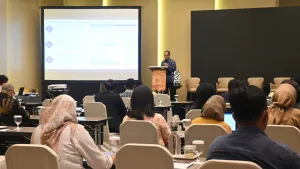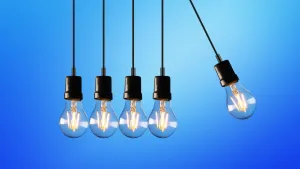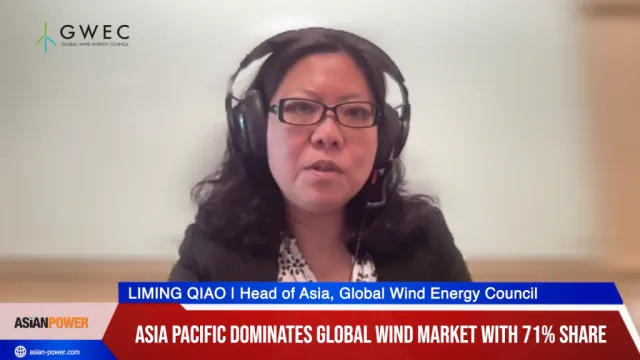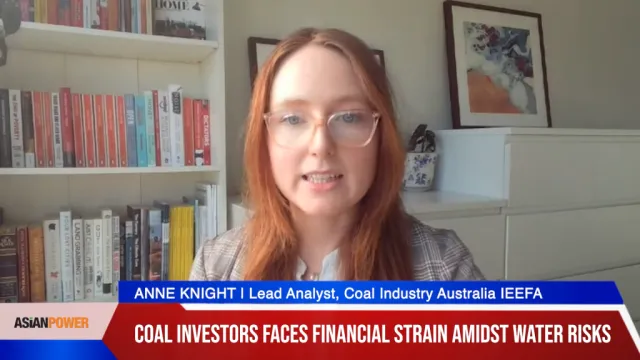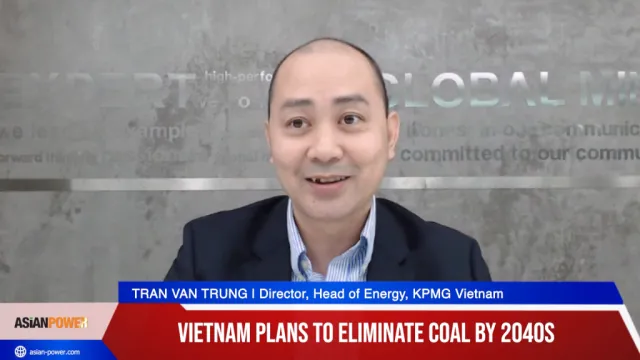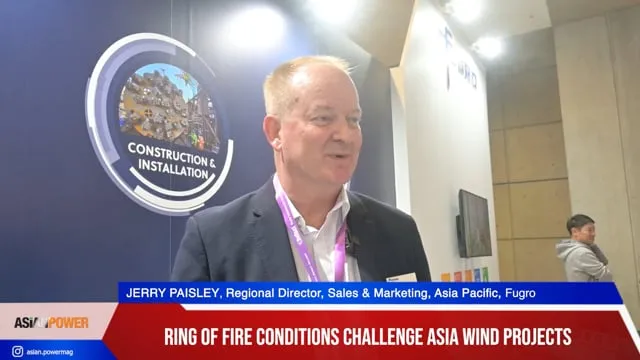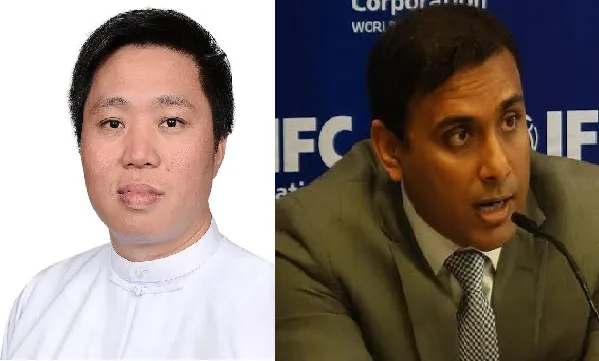
Why are potential investors scurrying away from Myanmar’s hydropower sector?
Out of a potential 100GW, only 3GW has been developed so far.
When Aung Zaw Naing, managing director of construction and hydropower conglomerate, Shwe Taung Group of Companies, saw how lacking Myanmar's hydropower sector is when it comes to sustainability, he worked on forming the Hydropower Developers' Working Group (HDWG) to address this. Myanmar's hydropower potential is more than 100GW, but only 3GW has been developed so far. Hydropower currently comprises two-thirds of its energy mix according to the International Hydropower Association, with 3,151MW of installed capacity from 25 operational projects. Another 46GW of technically feasible potential has been identified so far, and a number of these projects are now under construction or at the advanced planning stage.
With these numbers in mind, why is it that Myanmar hasn't fully harnessed its resources? One big challenge dogging the sector is sustainability. Aung Zaw Naing, HDWG president, says Myanmar has to get its act together in engaging stakeholders to keep investments flowing in. "Sustainability is not achieved overnight; it’s going to require everyone working together," he says. "Our businesses rely on more sustainable operations if they are going to have a higher return in the long-term." He adds that in HDWG, Myanmar members will benefit from accessibility to international developers who have tremendous experience working globally. These developers would be able to help raise the level of awareness of international best practices in environmental, social and corporate governance standards. "The coming together of the local and regional companies will strengthen the overall sector and ensure we have world-class hydropower companies operating in Myanmar, coupled with local companies with improved know-how," he says.
Vikram Kumar, International Finance Corporation's country manager for Myanmar, echoes this sentiment. "A more sustainable hydropower sector – one with solid environmental and social guidelines, will definitely help improve the investment climate here in Myanmar." He adds that resource sharing needs to be improved to benefit local stakeholders as well.
Plagued by project delays
As if sustainability issues aren't enough, Myanmar also faces serious problems with project delays, keeping it among the least-powered countries in Asia. Is it still possible to achieve its nationwide electrification target by 2030? Kumar admits that this is a daunting ambition. "To achieve this, we are going to need to focus on ramping up grid connectivity and accessibility. At the moment, two-thirds of the population is not connected to the national electricity grid, and 84% of rural households lack access to electricity. These numbers are challenging, considering that only 200,000 customers were connected in 2013. According to the National Electrification Plan, Myanmar needs to increase this number to 500,000 new connections a year until 2030," he explains. Kumar adds that public resources aren't enough to finance all the needs of Myanmar's power sector, which drives the issue back to the country's sustainability challenges. "Driving private sector investments to help develop the sector sustainably is key and will also help improve the sector efficiently," he says.
He adds that when talking about hydropower, one project does not operate in isolation. "We need to think of how all development affects river basins. By changing our lens from a project-to-project to a basin-wide or cumulative perspective, we will be closer to achieving a more sustainable hydropower sector."


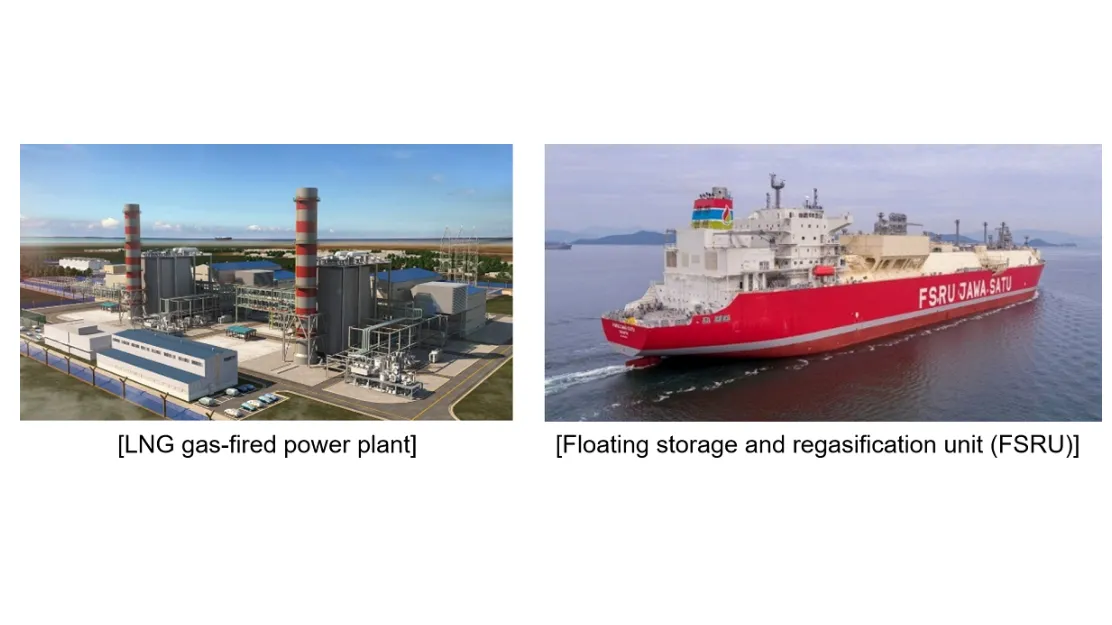
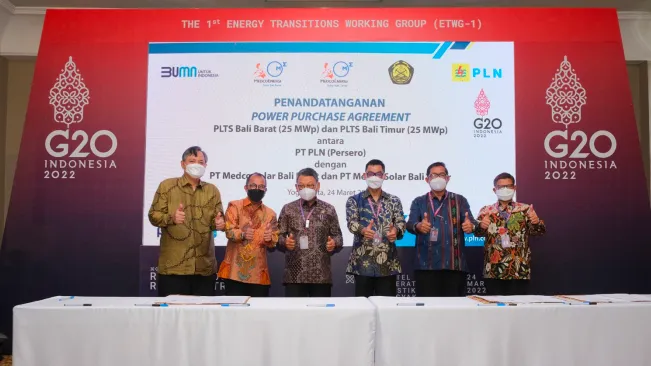
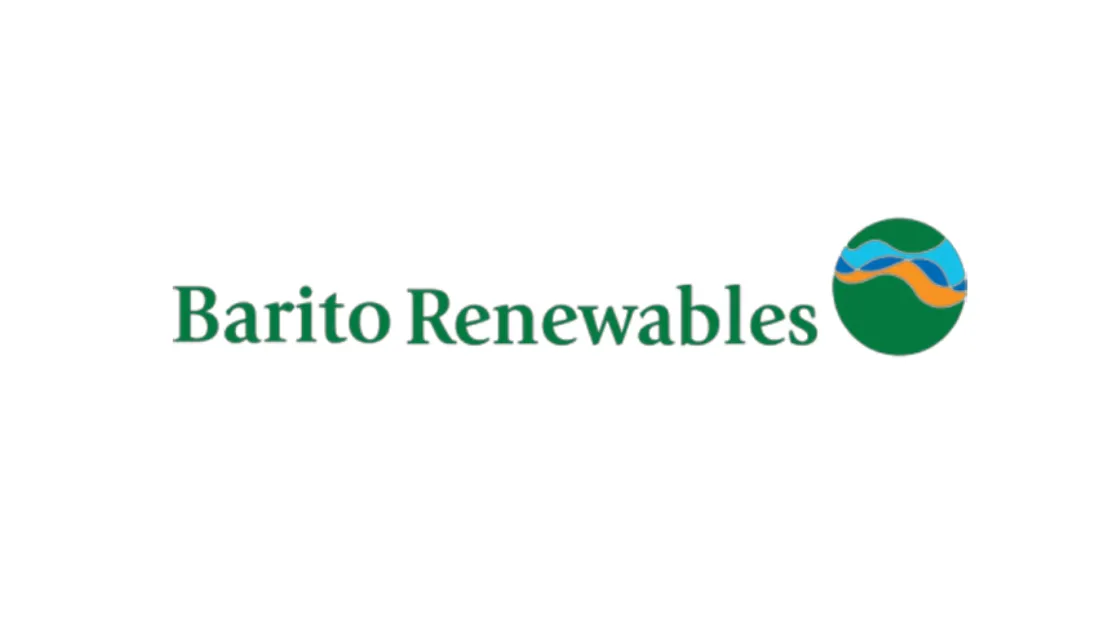

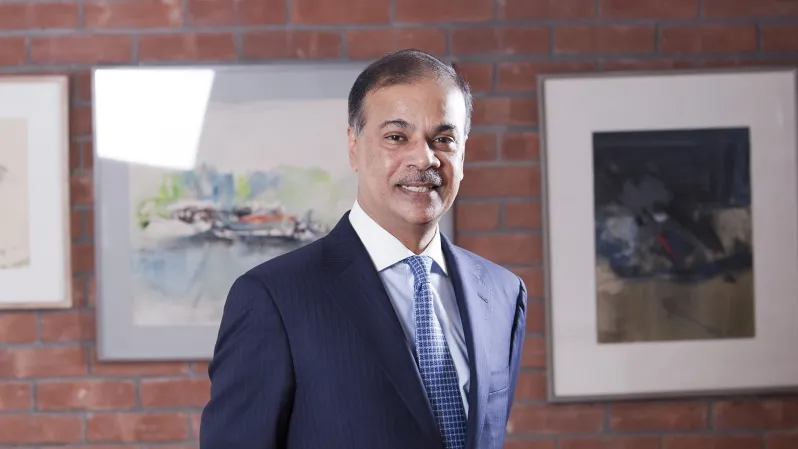
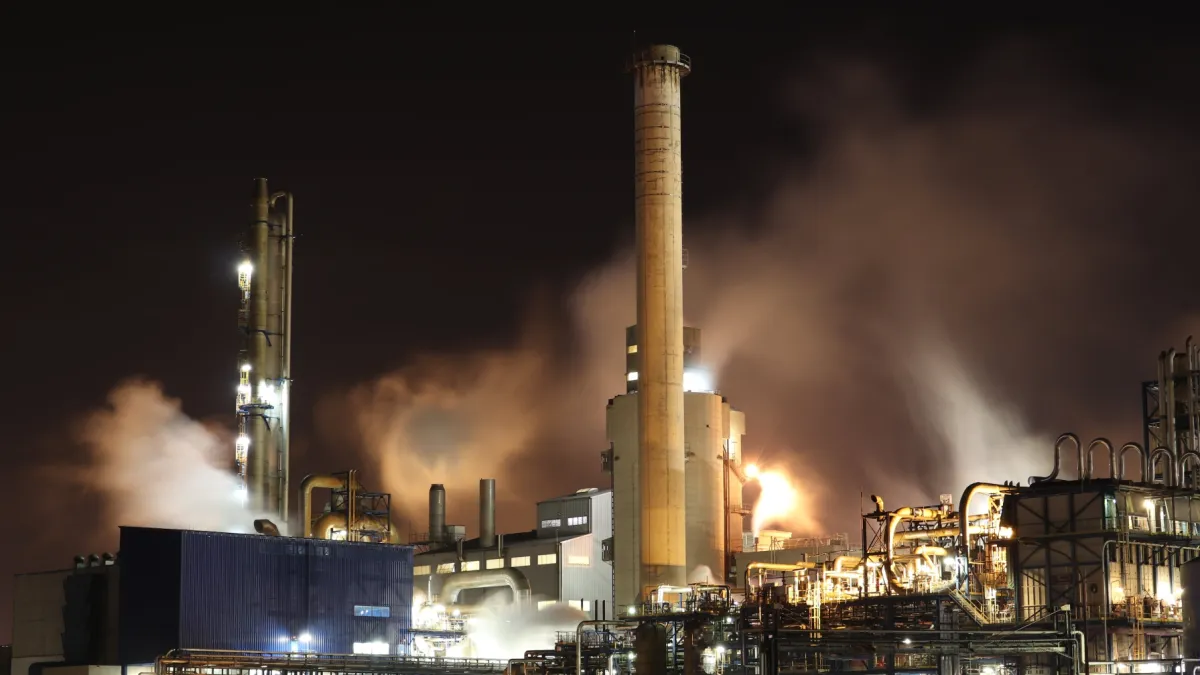
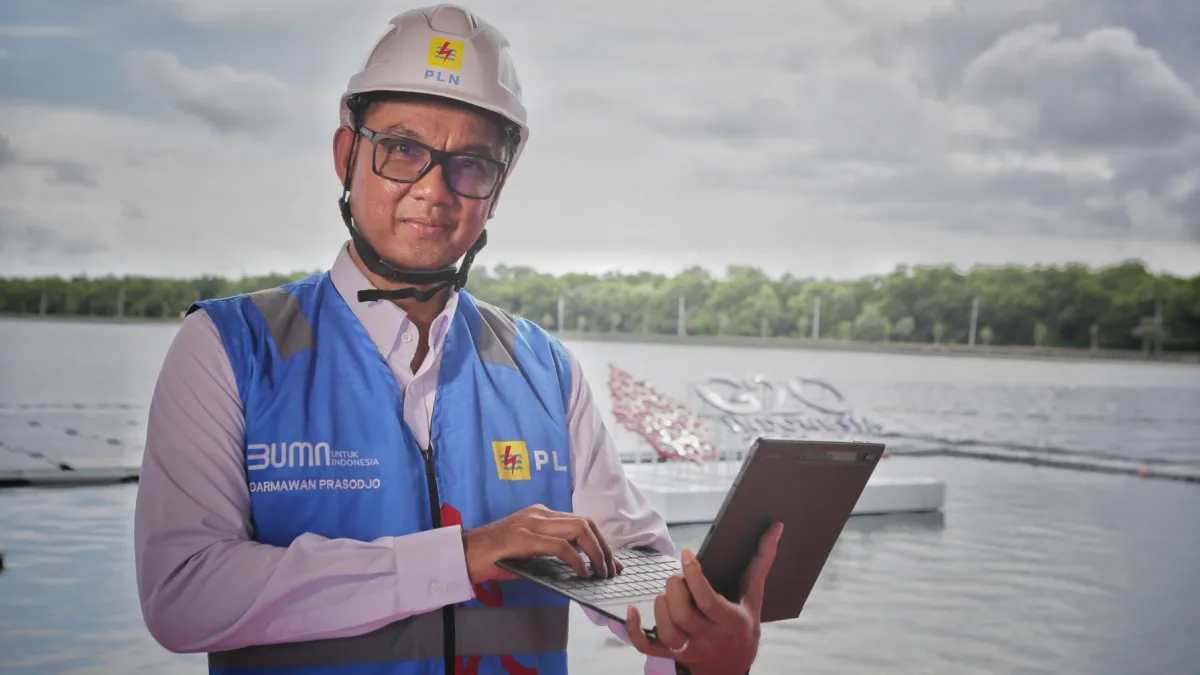
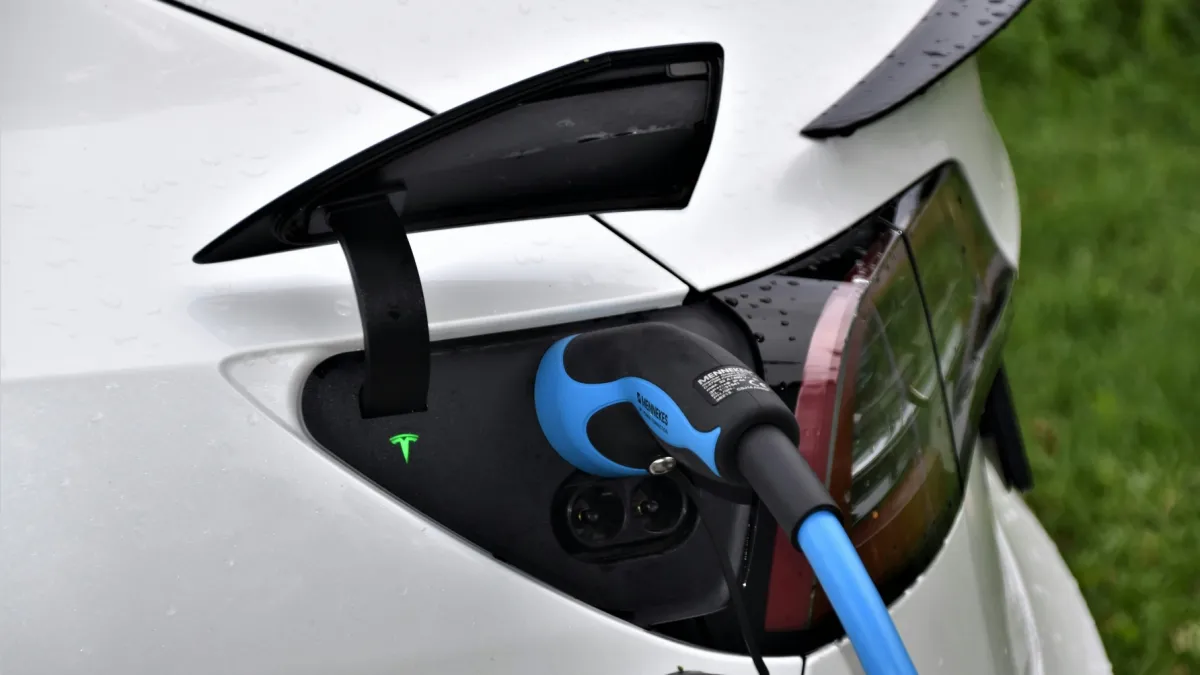
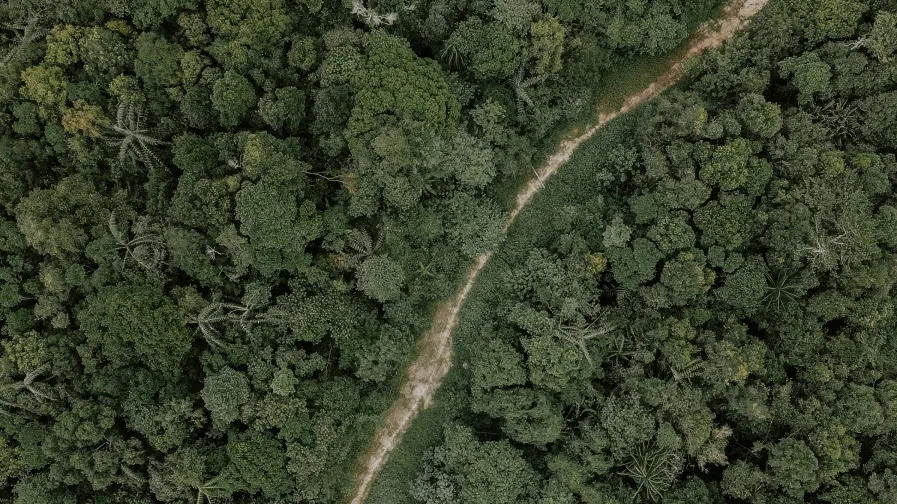


 Advertise
Advertise
